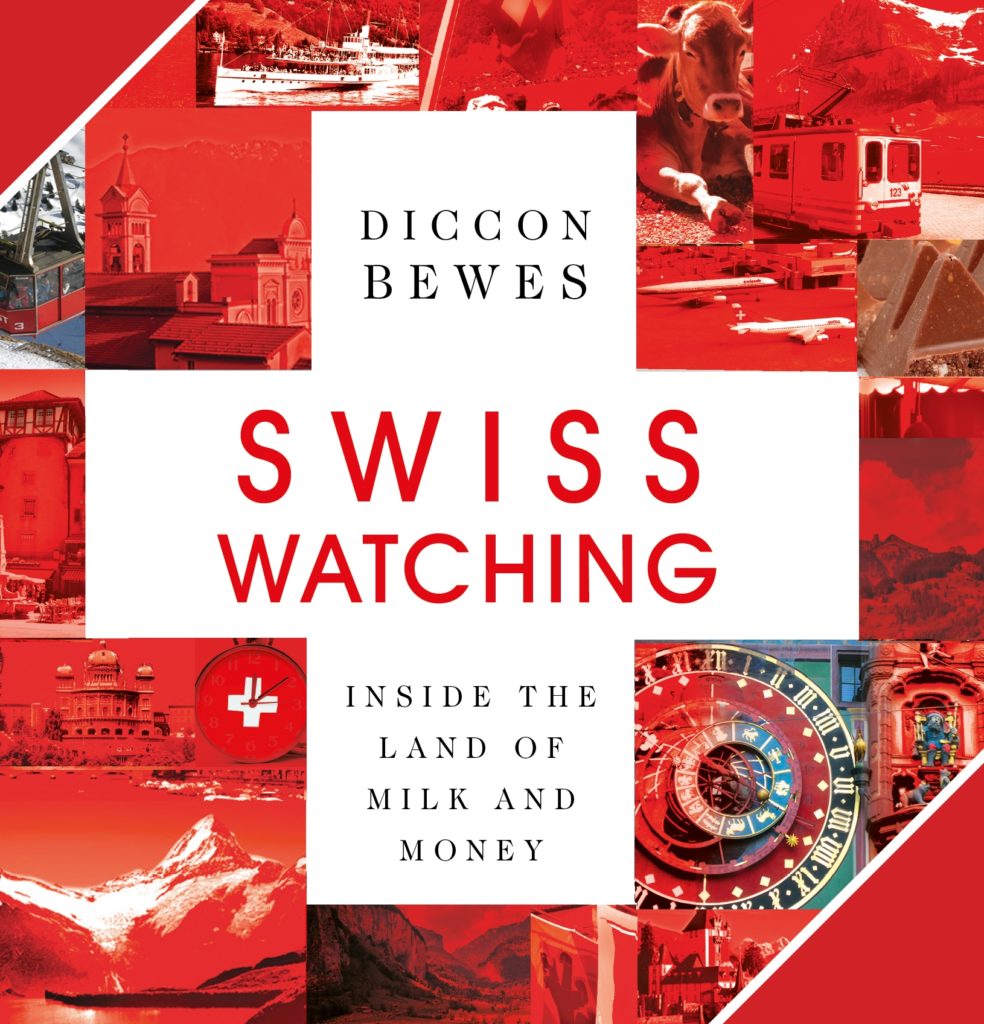The Swiss election campaign is underway
September 23, 2011, No comments
 Election posters went up today all over Bern, and no doubt elsewhere across Switzerland. It’s one month exactly until the Swiss general election on Sunday 23 October, when Switzerland’s five million voters elect a new parliament. So the A-frame metal stands have been erected in various public places, all of them sporting posters with smiling faces and catchy slogans. The race is on, but this is Switzerland so it’s not as easy as just putting a X beside one name. Voting is a complex business, which is maybe why turnout is usually below the 50% mark. Sadly.
Election posters went up today all over Bern, and no doubt elsewhere across Switzerland. It’s one month exactly until the Swiss general election on Sunday 23 October, when Switzerland’s five million voters elect a new parliament. So the A-frame metal stands have been erected in various public places, all of them sporting posters with smiling faces and catchy slogans. The race is on, but this is Switzerland so it’s not as easy as just putting a X beside one name. Voting is a complex business, which is maybe why turnout is usually below the 50% mark. Sadly.
All 246 seats in the Federal Assembly are up for grabs. It’s a similar entity to the US Congress, with one house representing the population, the other the cantons. The 200 National Council seats are divided up by the cantonal population, so that Zurich has the most with 34, while the 46 seats in the Council of States represent two for each canton (with logically only one for the six half-cantons). What that means is you have as many votes as there are seats in your canton – the election process is explained in this post: all you need to know about Swiss elections. So in Canton Bern I’d have 26 National Council votes and two for the Council of States – except of course as a foreigner I can’t vote.
But I can still see how I might vote if I were Swiss. Thanks to a great independent website, you can discover which candidates are closest to your views, based on your (and their) answers to 75 questions. Topics cover the whole range of political issues: eg, immigration, health insurance, European Union, nuclear power, taxation, and defence policy, and you can weight your answers depending on how strongly you feel. It’s available in all four national languages plus English and is free. You have to register and give your post code to get your results but otherwise you don’t have to divulge any personal information. Given that in Canton Bern alone there are 545 candidates across 28 party lists, finding out which ones agree with you helps no end. And it’s very thought-provoking, making you decide how you feel on a whole range of issues.
With so many parties and the world’s most complicated election system, it’s no wonder that the result is never clear-cut. No party ever ‘wins’ in the American or British sense but the make-up of the new parliament is important as it helps determine who gets into government. As I explained in this post, the Federal Council (or Bundesrat) is elected by the Federal Assembly, not the people, with the seven seats being divided between the main parties. Now that the Foreign Minister (and current President) Micheline Calmy-Rey has resigned, there will be at least one new face come December, when the Bundesrat is elected. Plus the fact that Eveline Widmer-Schlumpf, the Finance Minister, was thrown out of the SVP four years ago and her new party, the BDP, might not win enough votes to keep her in power.
The latest opinion poll showed that Ms Widmer-Schlumpf is still popular and that most people either want the party make-up in the government to stay the same or don’t care. The SVP might end up as the biggest party again, although its poll percentage is down on last time, but only a quarter of voters want it to have two seats in government. Maybe its latest racist poster against immigrants is backfiring? As it stands, the main battleground is in the middle, where the two old parties (FDP and CVP) are losing ground to the newbies, the BDP and the Green Liberals. What happens there may well determine who sits in the Bundesrat.
It might look like a free-for-all but it’s not. As so often in Switzerland, money counts. Party posters have been appearing at bus stops, train stations and street corners over the last few weeks, but all in paid-for private sites (for that read, expensive). Not every party can afford that, so those official A-stands give them a sporting chance. In Switzerland there are no limits on parties’ election spending and no requirement for them to say where their money has come from. The only saving grace is that political adverts on TV aren’t allowed.
As for who I would theoretically vote for, according to the website, I’m not telling. Let’s just say that my 28 votes were spread across seven parties. Oh, and that Erich Hess – the SVP golden boy – was bottom of my list of 432 recommended candidates. No surprise there, except that rather worryingly we agreed on 31.6% of the issues. Now, I wonder which ones?
I can’t vote but if you are Swiss and reading this YOU CAN! Please make sure you do.











 Follow on Facebook
Follow on Facebook Follow on Twitter
Follow on Twitter Subscribe by RSS
Subscribe by RSS Contact me directly
Contact me directly Global Solutions Inc.
Global Solutions Inc.